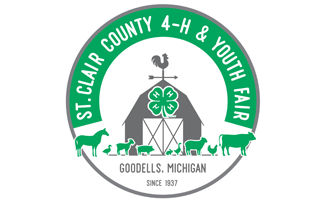While April showers and May flowers may still be a few weeks away, gardeners, farmers, and landscapers are no doubt getting ready for the spring planting season. If transmission lines and towers are nearby, safety should always be the first consideration when preparing to plant crops, trees, flowers, and gardens.
ITC, the largest independent electricity transmission company in the country which owns and operate the high-voltage electricity grid in most of Michigan’s Lower Peninsula, works with communities and landowners to create awareness for the kinds of plants and shrubs that can be safely established near transmission lines, and the right places to plant trees. Under the “Right Tree, Right Place” program, ITC holds education events in communities to encourage landscape management that achieves landowner desired results while also preventing tree interference with transmission lines.
Planting the right tree in the right place, away from power lines, can help conserve energy by providing wind protection, shade and cool air and can add beauty, privacy and wildlife habitat to the landscape while also protecting the safety and reliability of the transmission system.
As a landowner, it’s important to know how high a tree can grow when it reaches its full height. When it comes to planting near high-voltage transmission lines, ITC recommends:
- Low-growing shrubs and grasses that will not go over 15 feet high in what they call the “wire zone”
- Smaller, decorative trees and shrubs in what is referred to as the “border zone”
- And taller trees above 25 feet in the “far border zone”
There are a lot of different factors that determine the width of these zones. ITC recommends that homes and business owners contact ITC if they are planning to plant something near power lines and they’ll be happy to answer any questions or provide recommendations. For more information, on the Right Tree, Right place program or tips for farming safely around transmission towers, lines, and wires, visit itc-holdings.com









